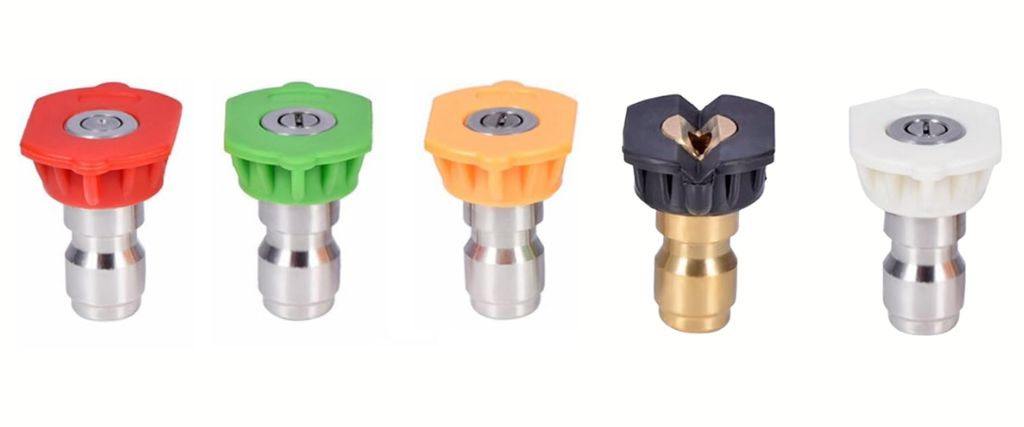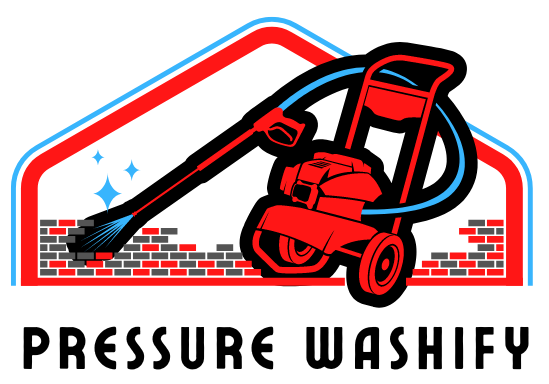Affiliate Disclaimer: This post may contain affiliate links, meaning we get a commission if you decide to make a purchase through our links, at no extra cost to you.
Electric pressure washers have made cleaning chores less daunting and more enjoyable. Whether it’s the grime on your garage floor or dust build-up on the sidings, an electric pressure washer is an excellent tool to have.
This is your “go-to” page to learn everything there is to learn about these marvelous machines. We will provide insights on electric pressure washers, their types, how to choose the one for your needs, and how to use them efficiently.
The information is subdivided into different sections, and it’s advisable to read through each article sequentially from top to bottom. However, you have the freedom to jump between topics, targeting those that particularly interest you.
Working Principle & Components
How Does an Electric Pressure Washer Work?
An electric pressure washer works by using an electric motor to power a water pump, which accelerates water supplied from a garden hose to a high pressure. This motor drives a high-pressure water pump that intakes water from an attached hose, compresses it, and then expels it at pressures ranging from 1,000 to 4,000 PSI (pounds per square inch) through a spray gun.
The pressurized water is then directed through a hose and out a nozzle, enabling efficient cleaning of surfaces by blasting away dirt, grime, and other materials.
Components of an Electric Pressure Washer
● Electric Motors: Induction or universal electric motor converts electrical energy into mechanical energy.

● Pumps: The motor drives a pump that intakes water through a hose and compresses it to pressures typically between 1,000 to 4,000 PSI.



● Pressure Hoses: A high-strength hose that connects the pump to the spray gun, designed to withstand high-pressure water flow.



● Spray Wands: Device through which pressurized water is expelled, allowing the user to control the flow of water.



● Nozzles: Attachable to the spray gun; interchangeable to adjust pressure and spray pattern for various cleaning tasks.

● Detergent and Soap Dispensers: Allows mixing of cleaning solutions with water, improving cleaning action.



Types of Electric Pressure Washers
Electric pressure washers come in diverse types, designed for different needs.
- Light-duty washers are ideal for smaller tasks while
- medium and heavy-duty washers tackle more significant tasks with greater PSI.
- Hot water pressure washers provide added cleaning power.
- Design-based types include handheld for easy mobility and wheeled models for heavier units. You can find detailed information on these types in the link below:
Choosing the Right Electric Pressure Washer
- Assess Needs: Determine cleaning tasks to select the suitable pressure washer strength.
- Consider PSI/GPM: Higher PSI and GPM mean more cleaning power.
- Portability: Look for easy maneuverability features like wheels and handles.
- Features and Accessories: Opt for models with adjustable nozzles, detergent tanks, and long hoses.
- Read Reviews: Choose durable models with positive feedback.
- Warranty and Support: Ensure good warranty and accessible customer service.
Top Electric Pressure Washer Brands
Some of the best electric pressure washer brands, known for their quality and performance, include
- Kärcher with its innovative and efficient cleaning solutions
- Sun Joe for offering a range of user-friendly and affordable models
- Greenworks is recognized for its eco-friendly and powerful electric pressure washers
- Bosch and Dewalt are also well-respected for their high-quality, durable cleaning machines
Each of these brands is highly regarded for reliability, customer satisfaction, and a variety of models to suit different users’ needs.
6 Pressure Washer Features To Lookout For When Buying
- Adjustable Pressure: Seek models with adjustable settings to tailor the water pressure for different cleaning tasks.
- Hose Length and Type: Longer, durable hoses increase reach and flexibility; non-tangling materials add convenience.
- Nozzles and Attachments: A variety of nozzles (e.g., turbo, soap) and attachments enhance cleaning efficiency for specific jobs.
- Portability and Ease of Use: Features like wheels, carry handles, and a lightweight design improve maneuverability and user comfort.
- Maintenance: Look for easy-to-maintain models with readily available replacement parts and straightforward servicing.
- Environmental Considerations: Opt for washers with eco-friendly features such as automatic shut-off and water conservation technologies.
How To Use An Electric Pressure Washer
- Connect a hose and water supply; attach the appropriate nozzle.
- Turn on the water supply, then the power washer.
- Squeeze the trigger to start cleaning; use consistent strokes.
- Start with the lowest pressure; adjust as needed.
Read More: Advance Techniques For Pressure Washing
FAQs About Electric Pressure Washers
■ How To Make Electric Pressure Washer More Powerful?
■ How To Winterize the Electric Pressure Washer?
■ How Long Do Electric Pressure Washers Last?
■ Do Electric Pressure Washers Need Oil?
■ Why Does My Electric Pressure Washer Start And Stop?









